LESS THAN A WEEK ago, I remembered the dense fog of northern California. “We never get that kind of fog in Saint Louis,” I thought. But providentially, the weather forecast predicted heavy fog over large parts of the Midwest. So I got up before dawn and took my camera to shoot some pictures.
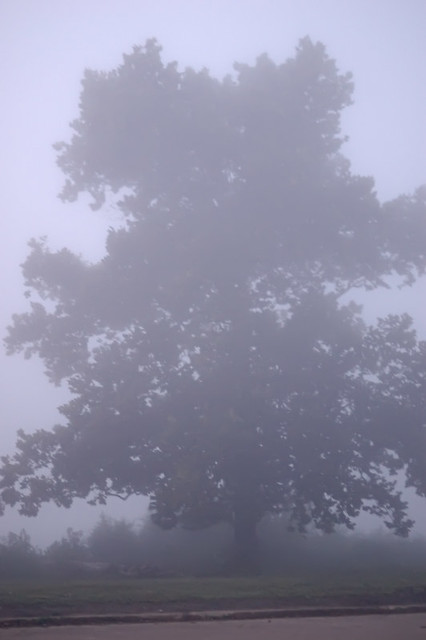
At North Riverfront Park in Saint Louis.
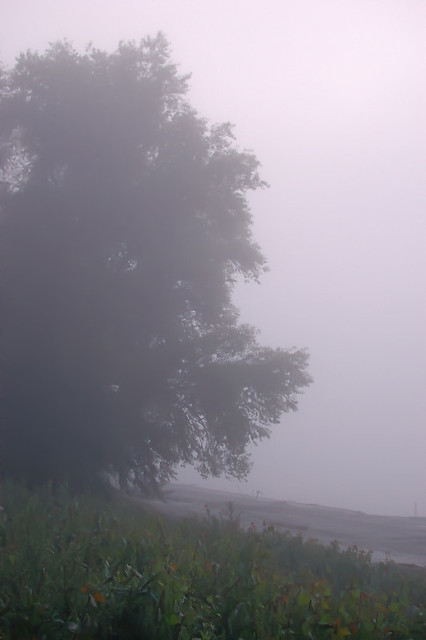
Photography within fog does not obey the rules of the photographic Modernists: sharpness, great depth of field, and precise focus are impossible and pointless. Rather, we follow the earlier Pictorialist photographers, seeking strong composition and an emotional or even a spiritual approach to our subject.
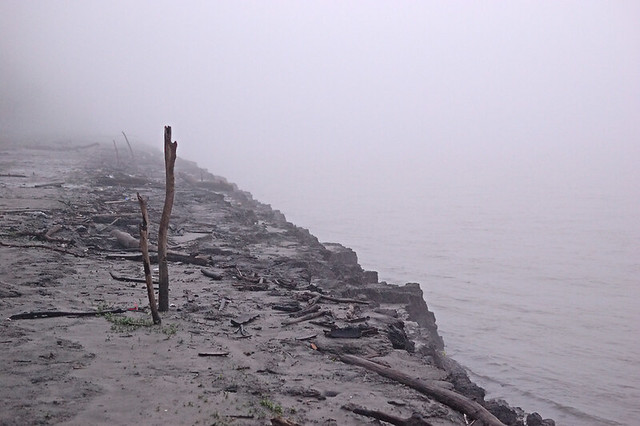
Fog shrouds large things, like the greatest river in North America in this photo, or huge mountain ranges; it can also cover things of practical importance, like an oncoming vehicle on the road.
Fog is a natural symbol of unknowing, of the heavy veil that separates our experience and knowledge from reality. Sharp edges are lost, colors are muted, and our view is severely limited.
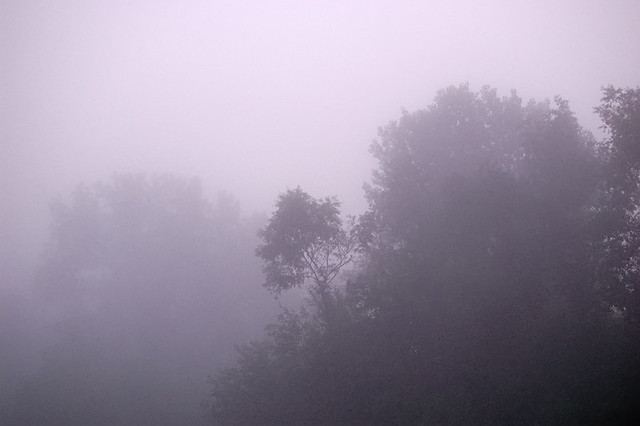
Fog is a cloud that has settled or has formed on the ground. Normally clouds have no obvious scale, they appear to be floating beneath a heavenly dome to which are affixed the stars, and so could be any distance away: our eyes give us little clue.
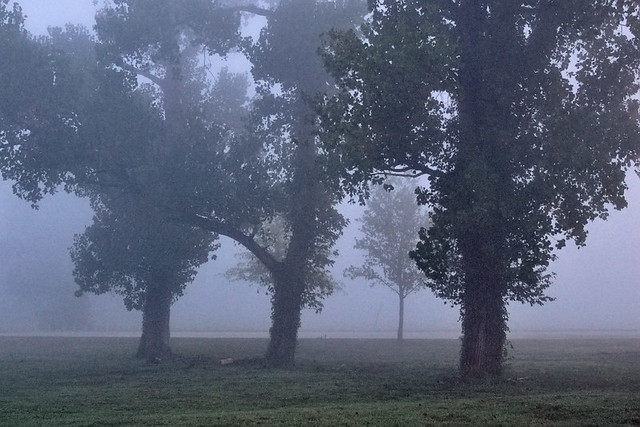
But when fog settles near the ground, you can sometimes reach up and touch that cloud's base, or even stand above it if it is not too thick. Within the cloud, your senses are confused: you cannot see far, your hearing is muffled, and the odor of the cloud itself, the humidity, fills your nostrils and you can even taste it and feel it.
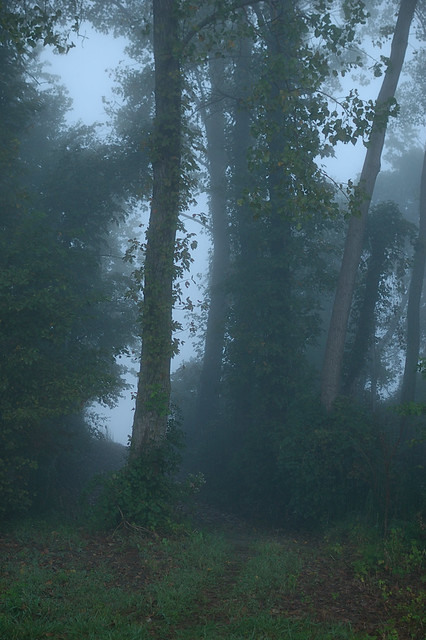
At Columbia Bottom Conservation Area, located at the confluence of the Mississippi and Missouri Rivers.
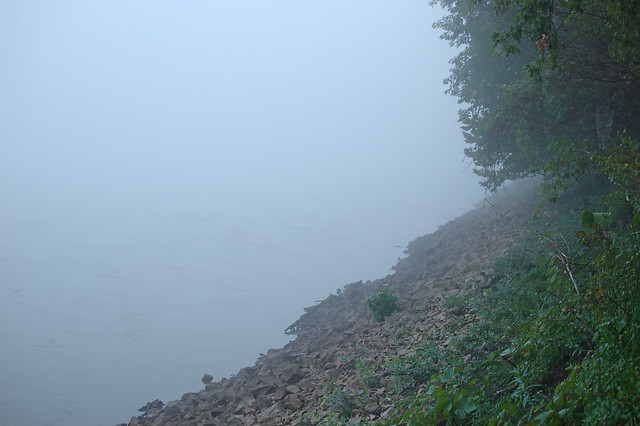
Clouds are a symbol of divinity. God leads the Israelites as a pillar of cloud. The glory of God, shrouded by clouds, settles on Mount Sinai and on the Tabernacle. Mist, mystically speaking, is a symbol of the intersection of the divine and earthly.
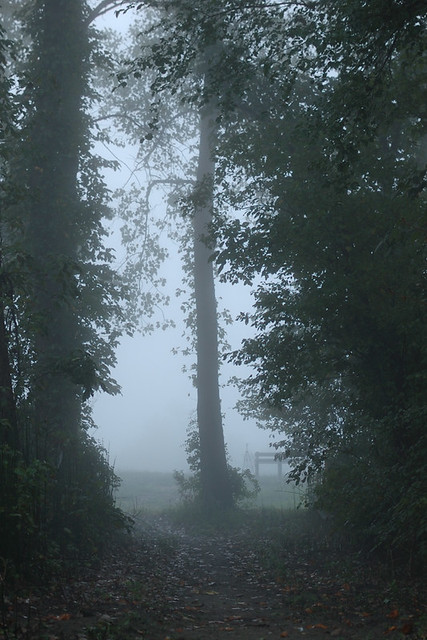
In Sacred Scripture, clouds veil God from our sight, and are also a symbol for God's gifts: as rain from the clouds relieves a parched land, so grace refreshes our souls.

In fiction, the symbolism of fog can be used to good effect. The hard-boiled detective Sam Spade in San Francisco, and Sherlock Holmes in London, both seek out the answers to mysteries in the dark and the fog.
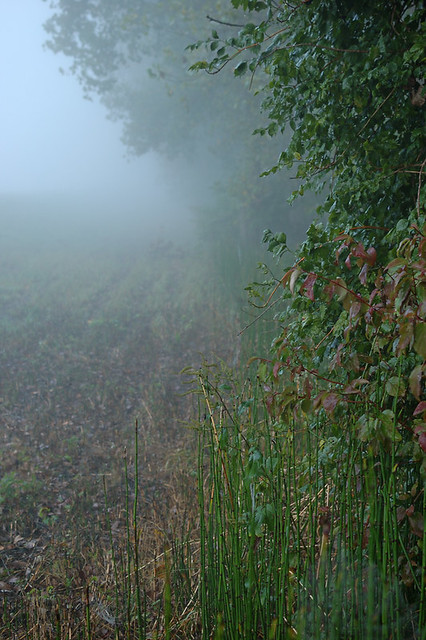
In more romantic styles of fiction, fog can have a presence, almost if it were a character in the story. What lurks nearby, unseen?
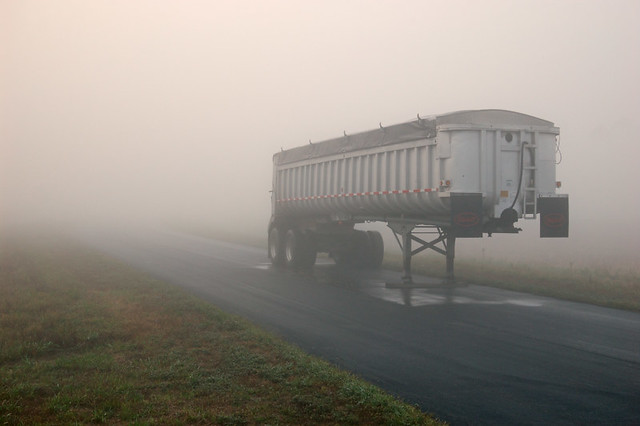
It is said that climate shapes character, as well as philosophy. The ancient Greeks preferred bright days of sunshine, and likewise their high philosophy is seen as being overly optimistic at man's ability to shape history and approach divinity. Northern stories and philosophies, set amid the cold and fog, tend to be more pessimistic, more dependent on unalterable fate.
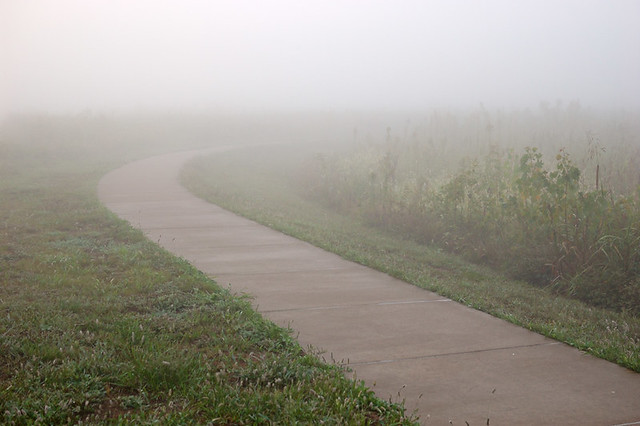
There is a common contemporary philosophy that does not want to approach mystery. Especially when it comes to religion, this view accepts mysteries such as the Holy Trinity, but does not attempt to go deeper into them. Rather, these philosophers concentrate on practical matters, such as politics.

It is true that a fog restricts our vision, and the fog of divinity likewise veils our theology. As Saint Paul writes, we see through a glass, darkly. But to a traveler who must reach his final destination, fog must be navigated whether he wants to or not, despite his own personal standards for acceptable visibility.
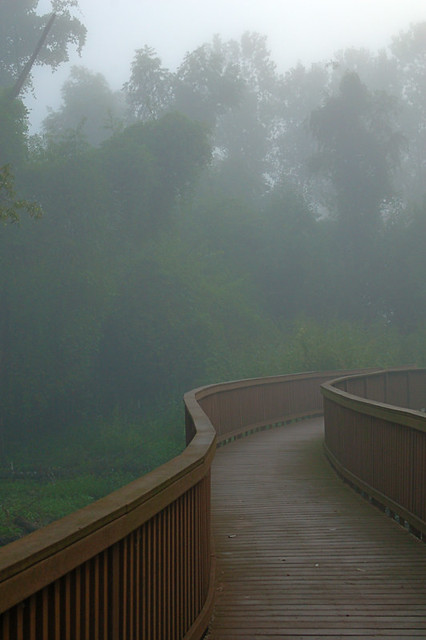
And so likewise, we must navigate the fog of divinity if we want to reach our final destination. As Christians, we ought to humbly accept Revelation, as a driver must rely on his roadmaps when traveling though unknown territory.


Very deep and mystical.
ReplyDelete